Dealing With Guests in Hospitality: Why It’s Critical for Your Success
Dealing with guests in hospitality is more vital than ever. Discover how to improve guest satisfaction and service quality – even with fewer staff.
More and more industries are using gamification – including gastronomy. Find out here what it's about and if gamification is suitable for your restaurant.
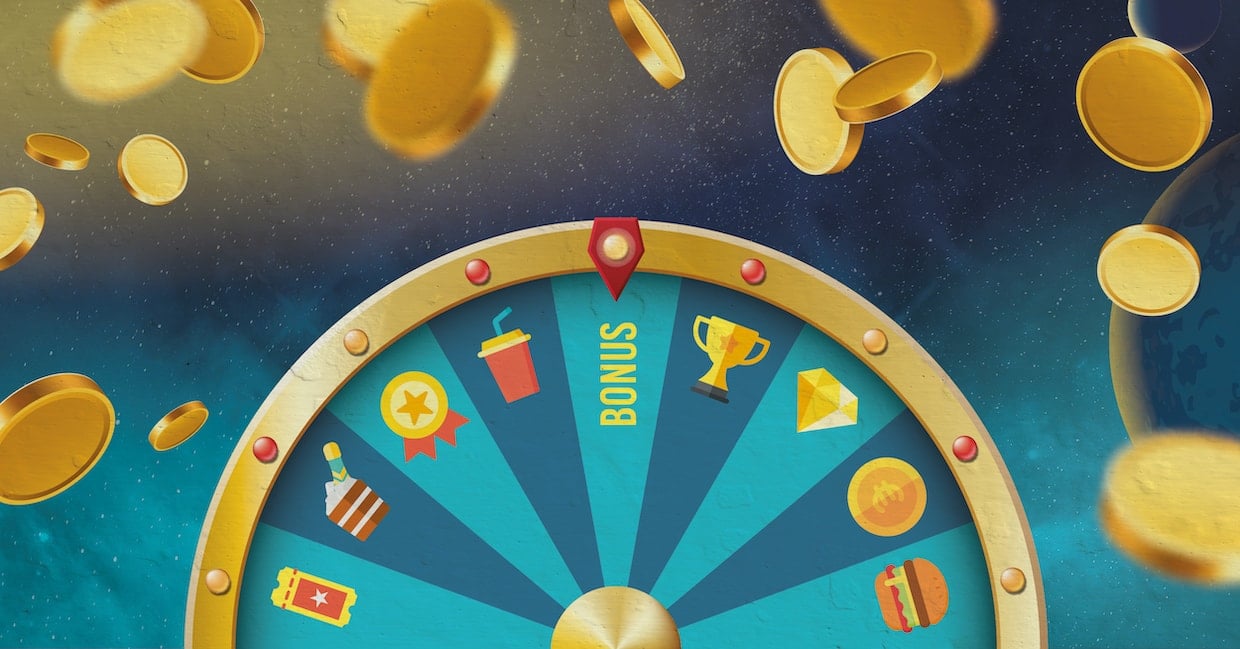
Imagine: For each task you successfully complete at work, you receive 50 points. When you reach 1000 points, you are entitled to a free afternoon. And for every additional 1000 points, you get other prizes. Sounds tempting, doesn't it?
This scenario can be described using the term gamification. Gamification has experienced a real boom in recent years. From the fitness industry to personnel training and education: In a wide variety of areas, processes can be designed with playful elements.
But how exactly does gamification work? How does the term relate to the restaurant industry? And what are the various possible applications? I will explain this to you in this Utopia Gastronomica article.
Gamification is the process of integrating game-typical elements into non-game environments. The goal is to complete certain tasks in order to receive rewards as a result. Everyday activities are therefore transformed into games that stimulate motivation and are fun.
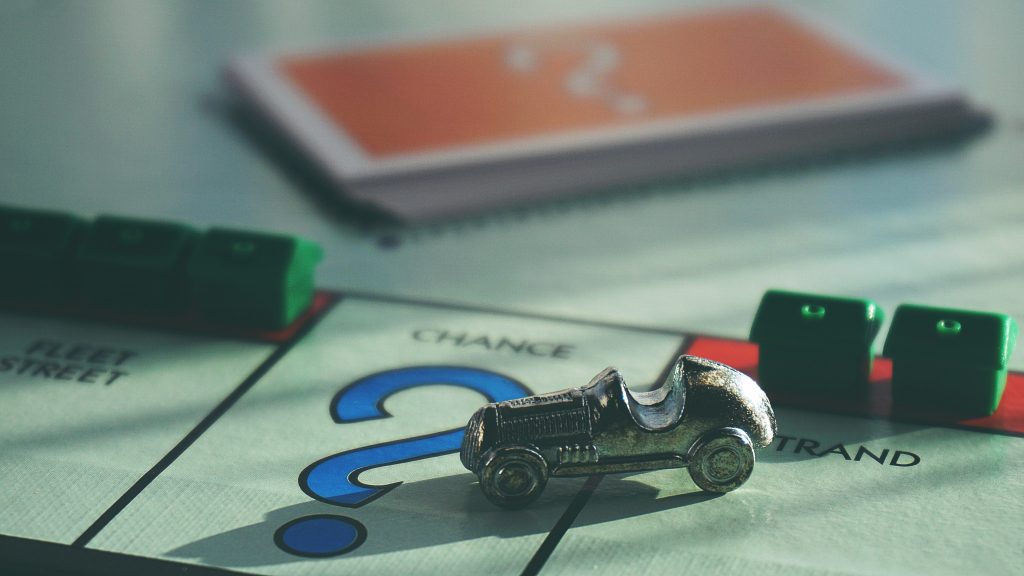
Gamification is quite diverse and can be used in different contexts. For example, there are special fitness apps or language learning apps that focus on the playful approach. But companies, also in the hospitality industry, can benefit from gamification. Here, the playful approach can be used in two ways: On the one hand, to motivate employees and, on the other hand, to attract customers. Depending on which option you choose, there are several ways to integrate gamification into your business.
Before you start incorporating gamification into the workplace, you should include the staff in the idea and determine what goals it is intended to achieve. It is also important to make it clear that fun and motivation are the main focus and that participation is not required. Once you have clarified all the framework conditions, you can decide on a way to incorporate gamification into everyday work.
You can organize competitions in which a certain dish or drink is to be sold as often as possible within a defined period of time. A continuous high score, like in classic computer games, shows the sales of the individual employees. This highscore list can be visible, for example, as a physical scoreboard in your company or online. Showing the results publicly can motivate staff even more. The person at the top of the leaderboard receives a prize at the end of the competition - for example, a voucher for dinner or an extra afternoon off.
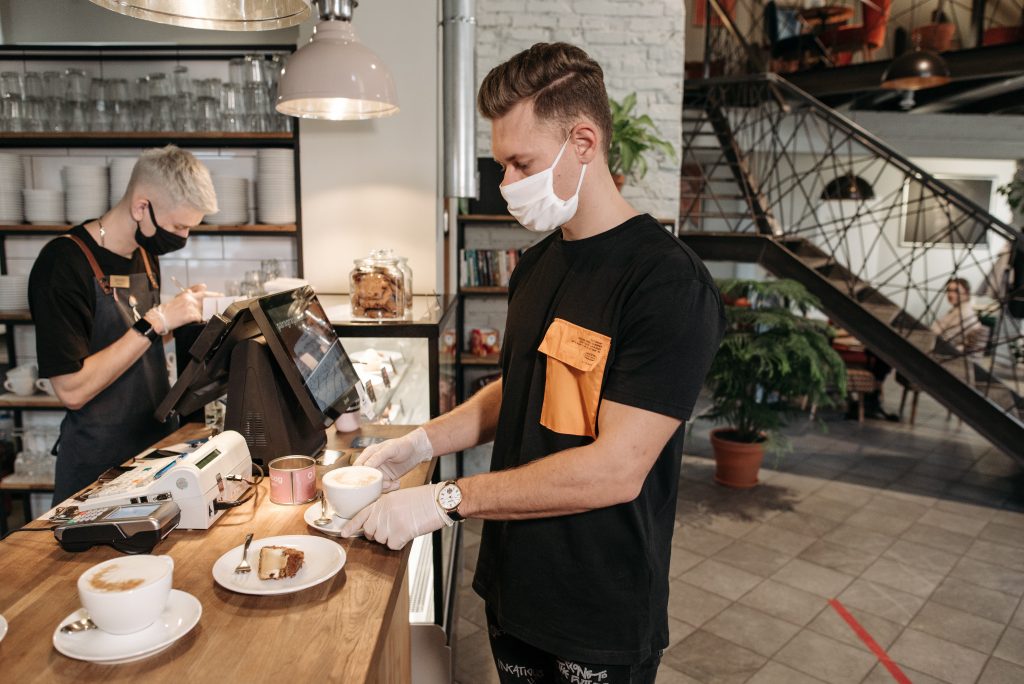
Similarly, you can organize joint challenges in your company as a team. To do this, come up with a goal for your staff to work toward. For example, your service team could try to exceed the previous month's sales. Or your kitchen staff could share a goal to reduce food waste. If the team achieves its set goal, prizes are shared between everyone involved. This not only encourages motivation, but also promotes group cohesion.
Another use of gamification is to award badges or certificates to your staff. You can award them when your employees have completed a certain task or reached a service milestone. This type of gamification motivates your team and makes them feel appreciated for the work they do.
No matter which method you choose: The use of gamification in restaurants offers clear advantages for employees. For example, staff are motivated by the opportunity to receive rewards and recognition for the work they do. Gamification also helps to increase employee productivity, which in turn can have a positive impact for the company.
Likewise, it is possible to integrate gamification in your company to strengthen customer loyalty. In this context, there are two main types: collecting points and getting stamps on a card.
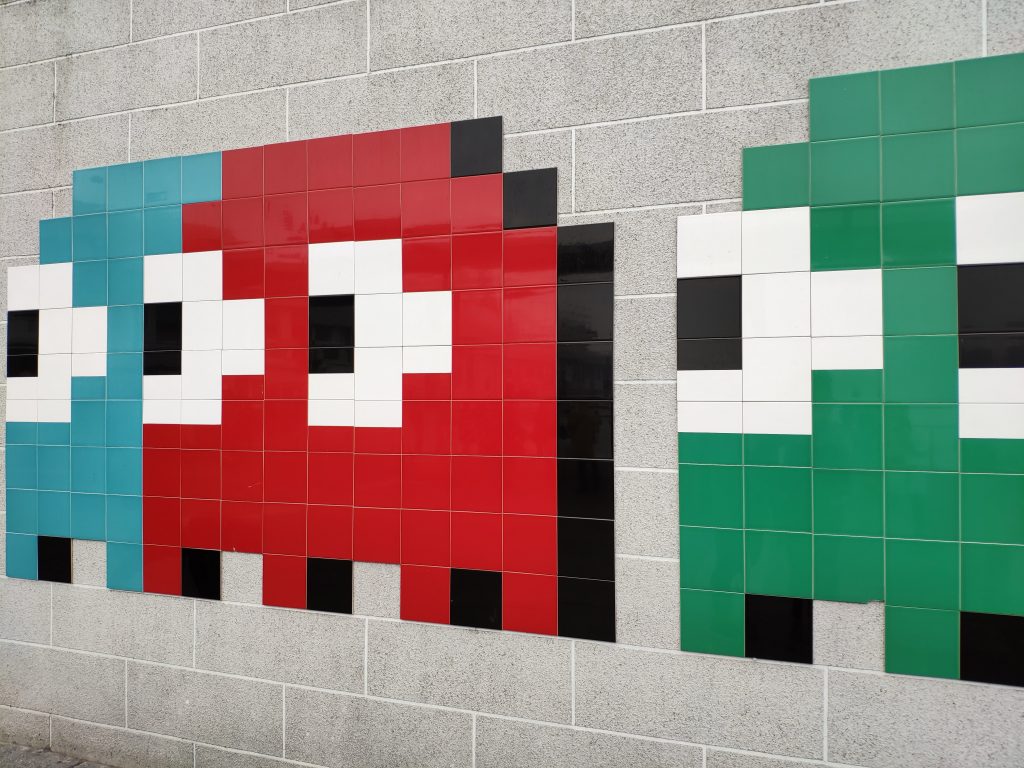
A loyalty card is probably the best known example when it comes to rewarding guests for their loyalty. The principle behind it is simple: for every dish or drink a person consumes at your establishment, they get a stamp on a card. Once they have received 10 stamps, the next dish or drink is free. This type of gamification motivates your customers to keep coming to your restaurant for rewards.
However, you can also take the gamification approach to the next level by introducing a system that rewards customers with points. This way, your guests can collect points and then exchange them for rewards. For example, you can set a collection rate of: 1 dollar = 1 point. Once someone has collected 200 points, the person gets 10 percent off their next order as a reward.
In terms of customer-related benefits of gamification, these include fostering loyalty, building brand awareness, and increasing engagement. After all, introducing a loyalty program in the form of loyalty cards or a points system offers the opportunity to leave a lasting impression on your customers and therefore build a bond with them.
If you want to integrate gamification into your business, you need the right tools for the job. In the workplace, you can use modern POS systems that offer various evaluation options. You can see how often an employee has sold a certain dish or how much revenue the team has achieved. There are also special software solutions that specialize in data analysis for the hospitality industry and provide even more meaningful insight.
Special tools are also required to implement gamification in restaurants for guests. Of course, it is possible to fall back on the classic loyalty card using paper and stamps. But the digital age has opened up new ways to integrate a loyalty program into the business. Many companies are turning to apps to implement gamification. I'll show you a few examples of how hotels and restaurants are making this happen.
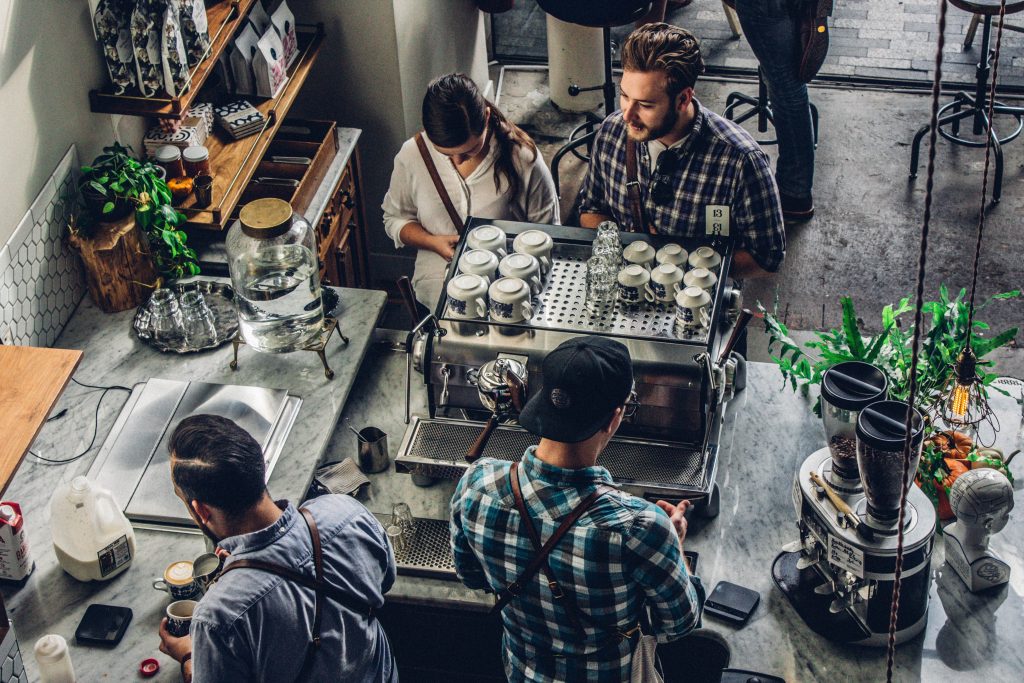
Starbucks' loyalty program, Starbucks Rewards, is probably one of the best-known examples of gamification in the restaurant industry. For every dollar spent, guests earn 1 star – representing points in the Starbucks world. There are also different levels depending on the degree of customer loyalty. The higher the level, the more benefits you have: for example, a free birthday drink or free refill.
Starbucks uses the concept of gamification to improve the guest experience and thus also increase sales. In the U.S., for example, Starbucks Rewards members were responsible for 50 percent of revenue in the first quarter of 2021.
Similar to Starbucks, the Accor hotel group has launched a points-based rewards program. This includes five different levels: Classic, Silver, Gold, Platinum and Diamond. Every time guests stay at one of the hotels belonging to the Accor brand, visit one of their restaurants or make a purchase in one of their online stores, they can collect points and then exchange them for rewards. The current status in the rewards program can always be viewed in the Accor app.
The U.S. restaurant chain used the gamification approach back in 2013 to promote ethical food sourcing in a fun way. The company created an animated short film called "The Scarecrow," to which they subsequently developed a game app of the same name. Users learned more about animal welfare and production conditions while collecting rewards that they could later spend at a Chipotle restaurant.
In June 2021, Chipotle once again focused on gamification. This time, the company introduced a racing game in which the ten best players could win prizes. With this contest, Chipotle wanted to draw attention to an update of its own loyalty program, Chipotle Rewards.
With these two examples, Chipotle showed that it doesn't always have to be classic loyalty cards or a points system. For example, the restaurant chain became the leading fast-food brand in the U.S. after "The Scarecrow" campaign and won the Cannes Lions Award in the PR competition in 2014. And even before the launch of the competition based on a racing game, the loyalty program had 21 million members. Although there is no final result on this yet, it is believed that the campaign will make a successful contribution in the context of gamification.
With the help of gamification, you can motivate employees and attract new guests. This is done by using elements typical to games, such as collecting points or receiving rewards after completing tasks, and integrating them into the business. For implementation, you can rely on modern POS systems, special software solutions or apps.
Even though restaurant and hotel companies are already embracing the gamification approach, this area will continue to evolve in the coming years. Technological innovations and opportunities will increase, resulting in new forms of gamification. For decision-makers in the hospitality industry, this means that they need to actively engage with the topic now and be open to the possibilities of gamification. In doing so, they will be able to set themselves apart from the competition and generate enthusiasm with innovative ideas.
With this in mind: Let the games begin.
Dealing with guests in hospitality is more vital than ever. Discover how to improve guest satisfaction and service quality – even with fewer staff.
Increasingly more guests want to know where their food comes from. Find out here why food transparency is also important for the restaurant industry.
More and more restaurants are starting to explore the possibilities of NFTs. Let us show you some hospitality concepts that deal with NFTs, Web3 &...
Make sure you never miss out on updates and trends about digitalization in the hospitality industry by subscribing to our monthly newsletter. You will receive useful information delivered directly to your inbox.